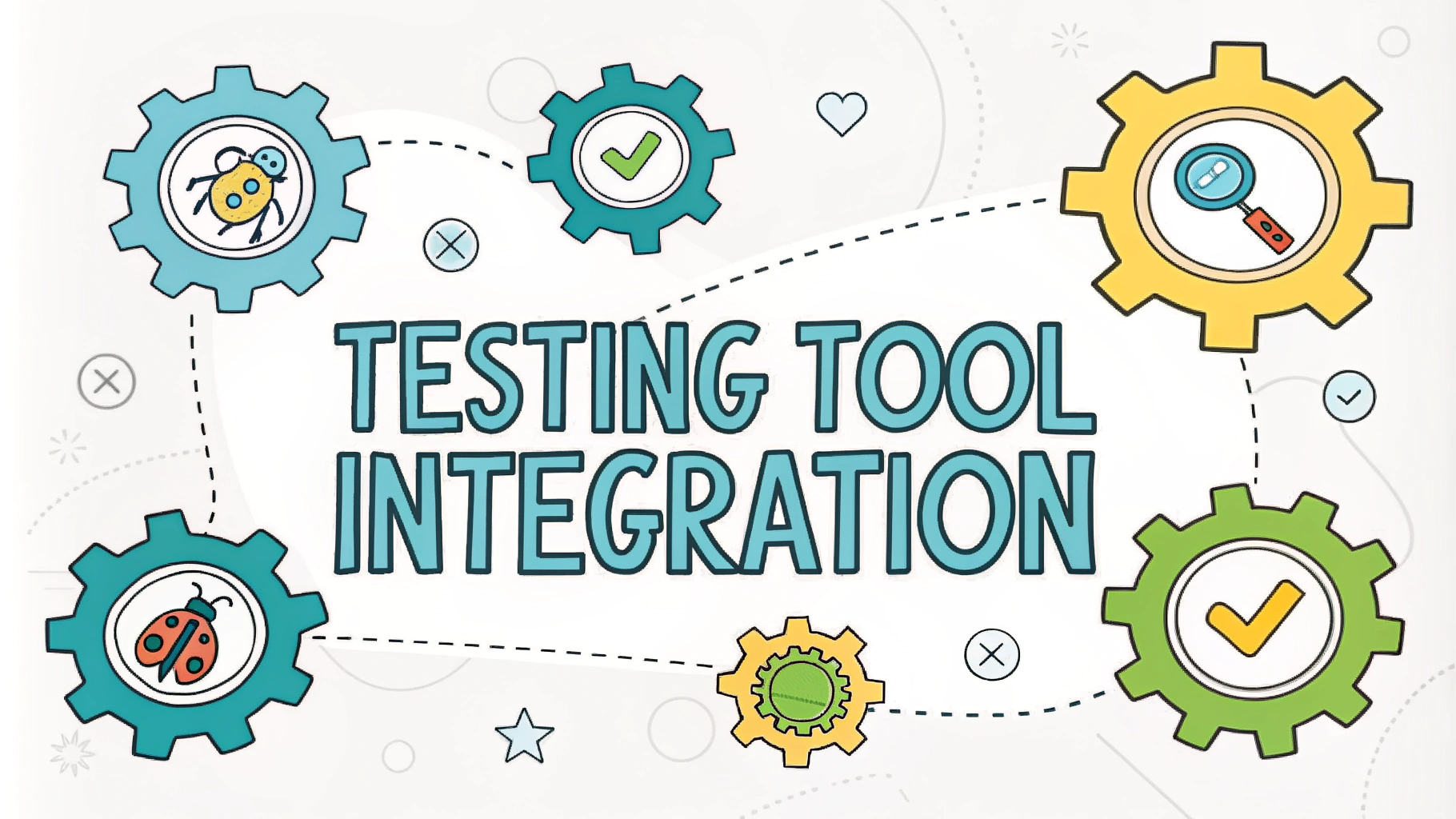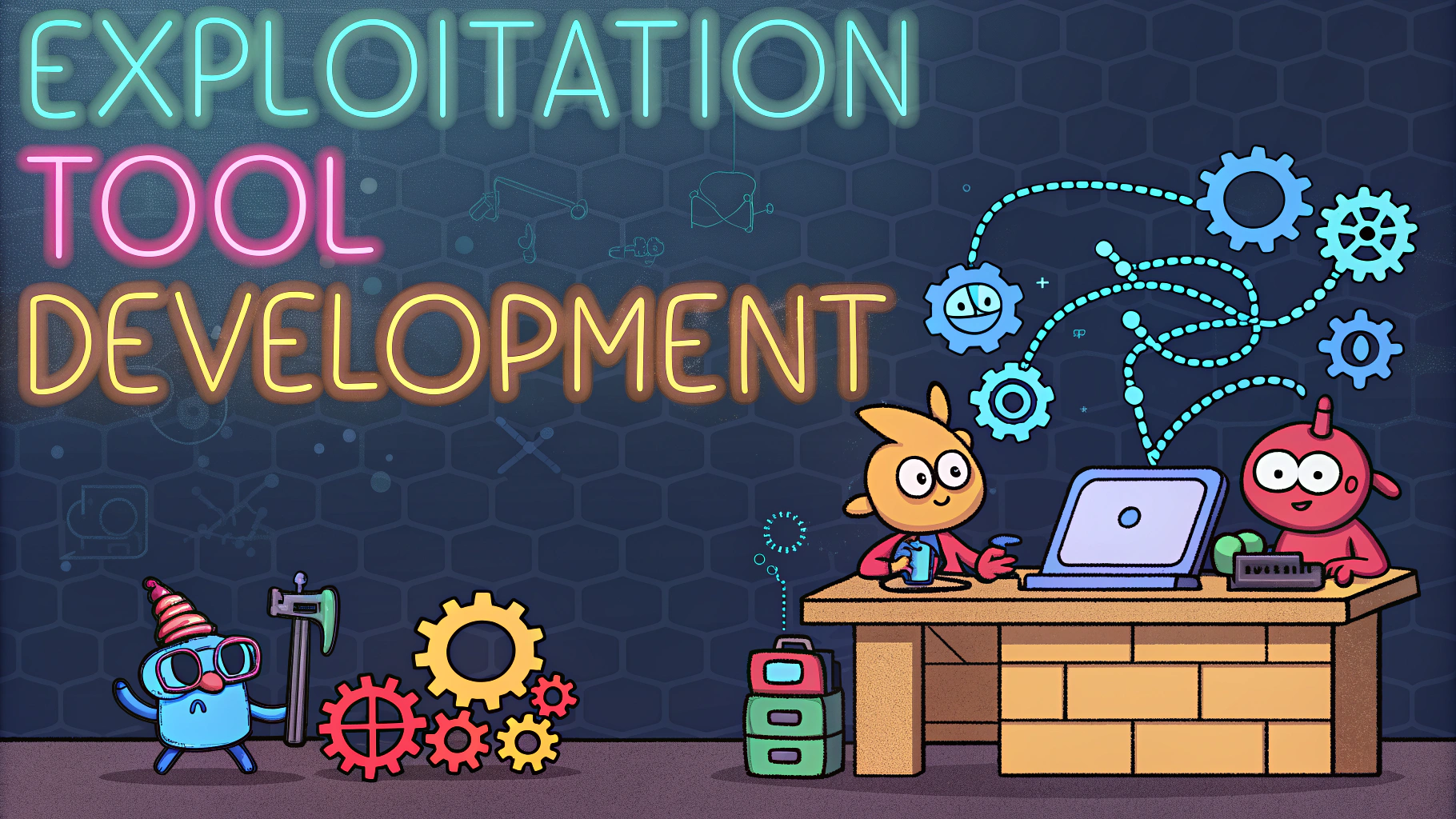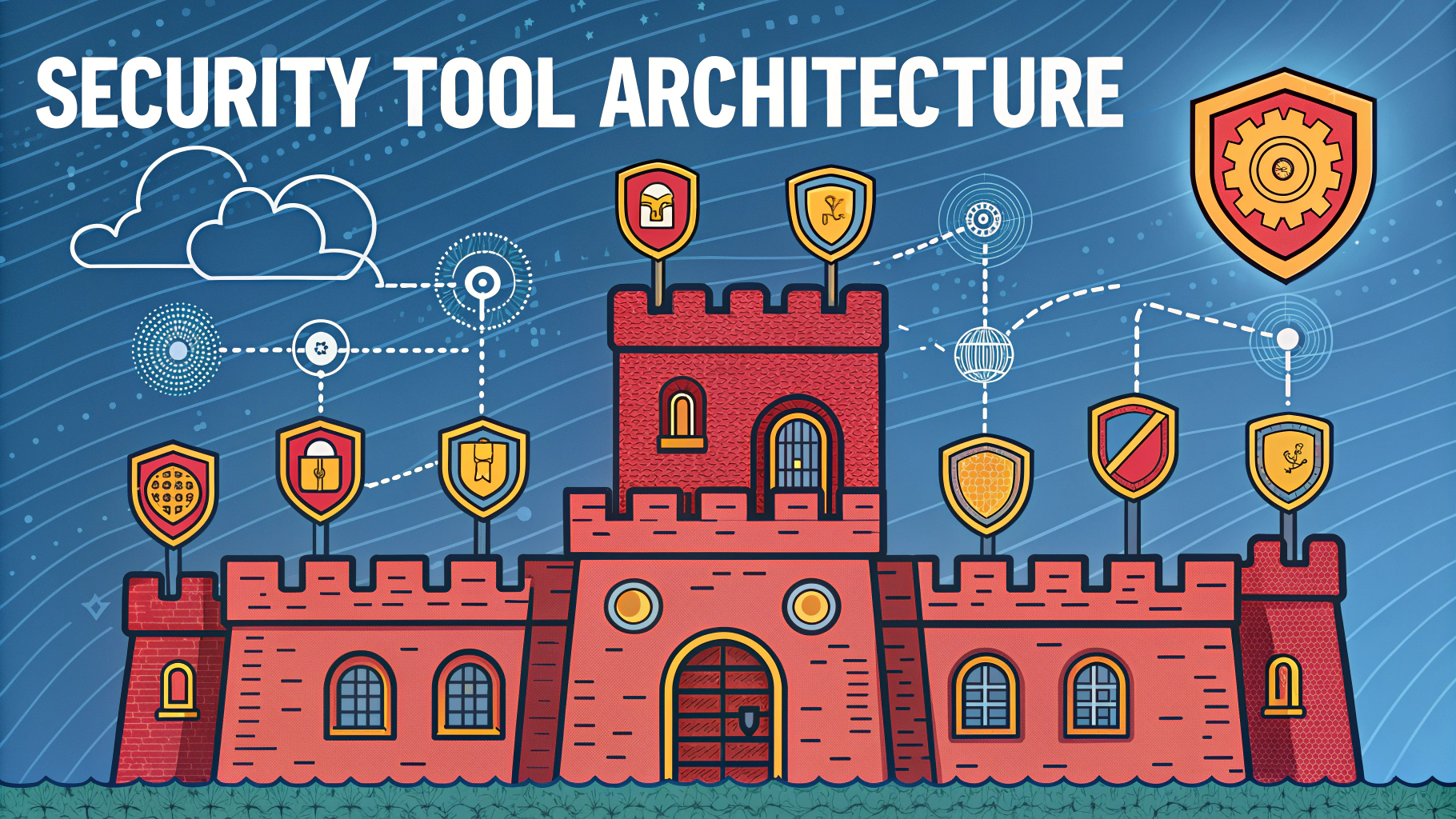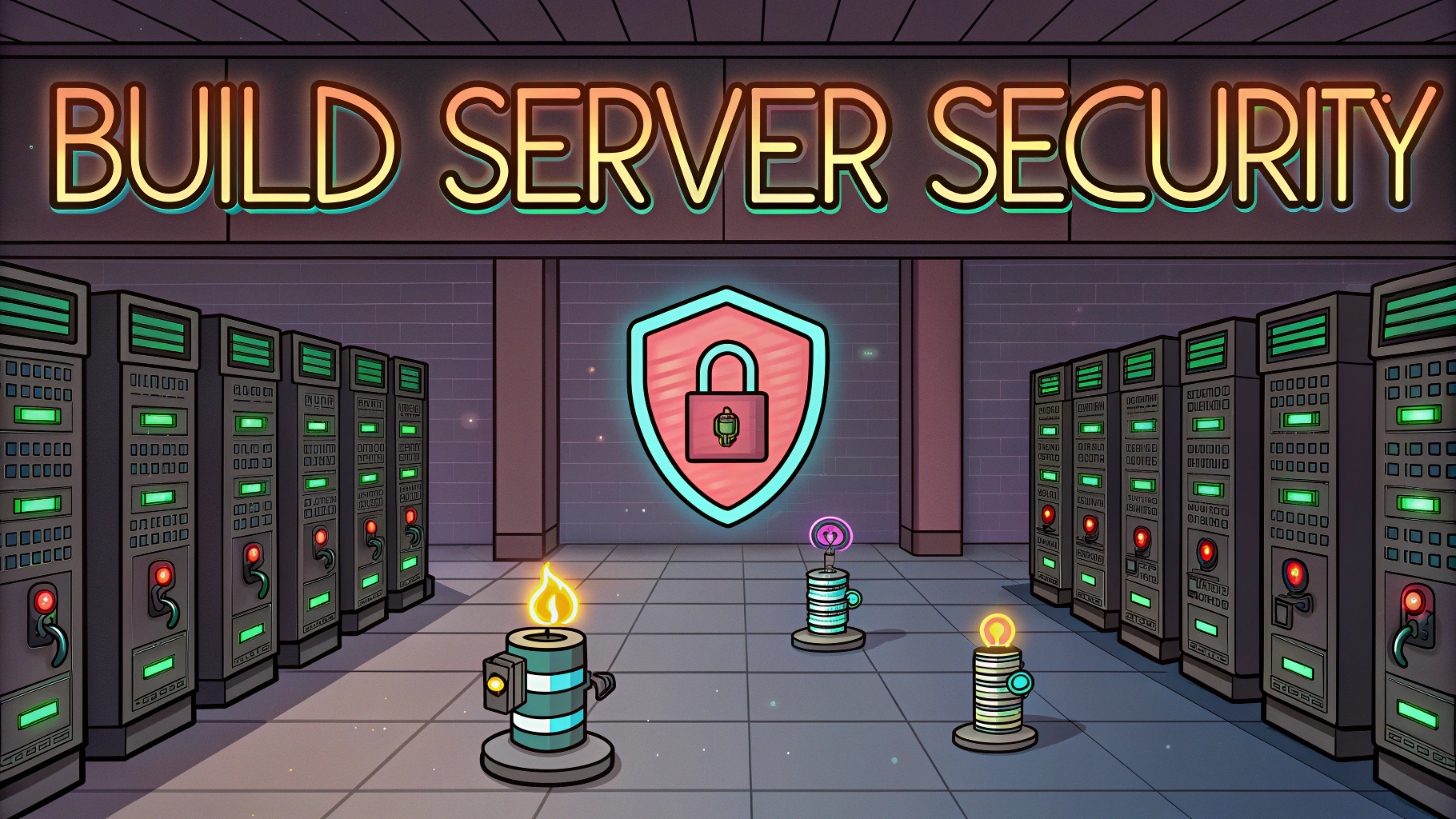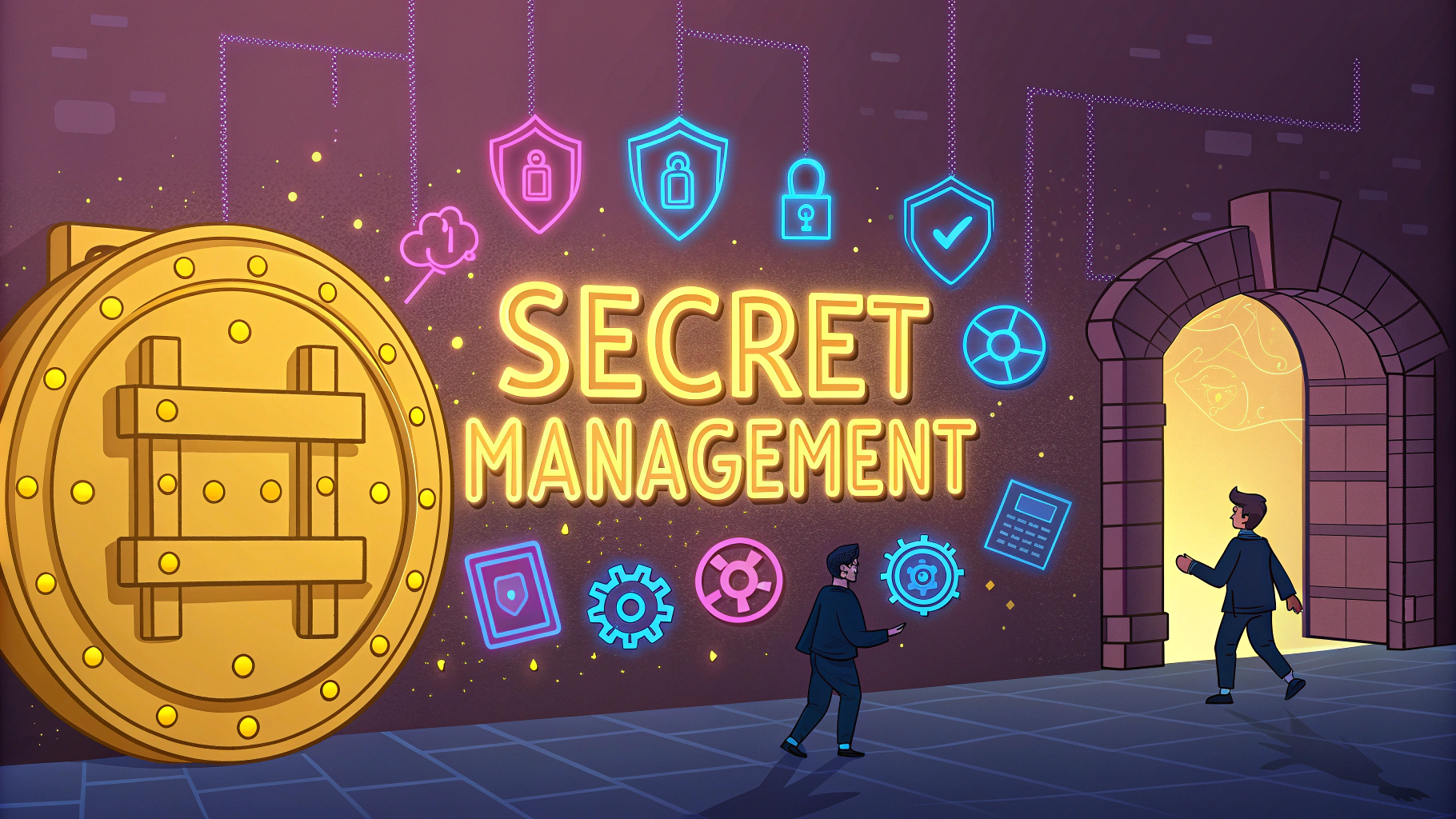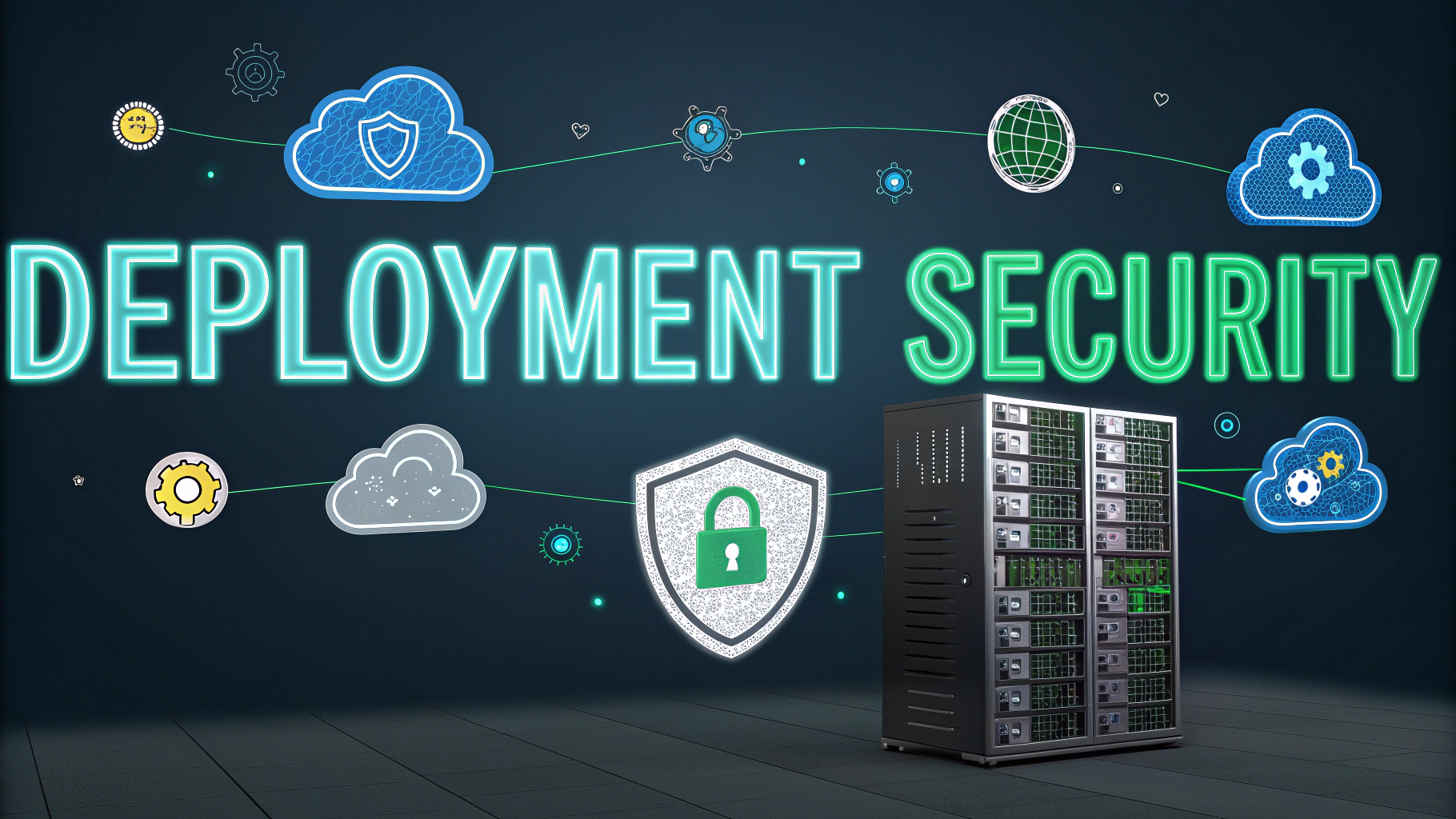The CEH Practical Lab is designed to validate hands-on penetration testing skills through realistic security challenges and scenarios.
This lab environment provides aspiring ethical hackers with a safe, controlled space to practice advanced security techniques and methodologies.
Students work through various modules covering reconnaissance, system hacking, web application testing, and network analysis using professional security tools.
Lab Environment Setup
A proper lab setup requires virtualization software like VMware Workstation Pro or VirtualBox.
- Minimum 8GB RAM (16GB recommended)
- 100GB free disk space
- Intel VT-x/AMD-V enabled in BIOS
- Host OS: Windows 10/11 or Linux
Key Lab Modules
| Module | Skills Covered |
|---|---|
| Reconnaissance | DNS enumeration, network scanning, OSINT |
| Scanning Networks | Port scanning, vulnerability assessment |
| System Hacking | Password cracking, privilege escalation |
| Web Applications | SQL injection, XSS testing |
Essential Tools
- Nmap: Network mapping and port scanning
- Wireshark: Network protocol analysis
- Metasploit: Exploitation framework
- Burp Suite: Web application testing
- John the Ripper: Password cracking
Lab Safety Guidelines
- Never use tools or techniques on unauthorized networks
- Keep lab environment isolated from production networks
- Document all testing procedures and findings
- Reset lab environments after completing exercises
Practice Scenarios
The lab includes various scenarios that mirror real-world situations:
- Network penetration testing
- Web application security assessment
- Wireless network testing
- Mobile application security
- IoT device testing
Getting Support
EC-Council provides technical support through their portal: https://aspen.eccouncil.org
- Email: [email protected]
- Phone: +1-505-341-3228
- Live chat available during business hours
Next Steps for Success
Regular practice in the lab environment builds practical skills needed for the CEH certification exam.
- Complete all lab exercises multiple times
- Join the EC-Council community forums
- Keep detailed notes of procedures and commands
- Practice time management for exam preparation
Advanced Lab Techniques
Building on fundamental skills, advanced lab exercises incorporate more sophisticated attack vectors and defense strategies:
- Advanced persistence mechanism analysis
- Custom exploit development
- Malware behavior analysis
- Network traffic manipulation
- Advanced social engineering scenarios
Documentation Best Practices
Report Writing
- Maintain detailed testing logs
- Document vulnerabilities with screenshots
- Create reproducible test cases
- Follow standard reporting templates
Evidence Collection
- Capture relevant system logs
- Record network traffic dumps
- Store discovered vulnerabilities
- Track remediation steps
Continuous Learning Path
The cybersecurity landscape evolves rapidly, requiring ongoing skill development:
- Participate in CTF competitions
- Explore new tools and techniques
- Study recent vulnerability disclosures
- Connect with security researchers
Mastering Ethical Hacking Excellence
Success in ethical hacking requires dedication to continuous practice and learning. Regular engagement with lab exercises builds the confidence and expertise needed for real-world security assessments.
- Focus on understanding attack methodologies
- Build a comprehensive toolset
- Maintain ethical standards
- Stay updated with industry developments
- Network with security professionals
FAQs
- What certification does CEH Practical Lab provide?
The CEH Practical Lab provides hands-on experience leading to the CEH Practical certification, which validates real-world ethical hacking skills through practical challenges. - What tools are commonly used in the CEH Practical Lab environment?
The lab environment includes tools like Nmap, Wireshark, Metasploit Framework, Burp Suite, Hydra, and other industry-standard penetration testing tools. - How long do I have access to the CEH Practical Lab?
The standard lab access period is 6 months from the date of activation, with options to extend based on EC-Council’s current offerings. - What technical requirements are needed to access the CEH Practical Lab?
Requirements include a computer with minimum 8GB RAM, stable internet connection, and a modern web browser. The lab is accessed through a virtual environment. - What skill level is required before starting the CEH Practical Lab?
Participants should have basic networking knowledge, understanding of operating systems, and familiarity with common cybersecurity concepts. Prior CEH theoretical certification is recommended. - What testing environments are included in the lab?
The lab includes various operating systems like Windows and Linux, network infrastructure setups, and vulnerable machines designed for practicing different attack scenarios. - What attack vectors are covered in the CEH Practical Lab?
The lab covers web application attacks, network scanning, system hacking, SQL injection, cross-site scripting, wireless attacks, and social engineering techniques. - Is the CEH Practical Lab different from the CEH theoretical course?
Yes, while the theoretical course focuses on concepts and knowledge, the practical lab provides hands-on experience with real tools and attack scenarios in a controlled environment. - How does the scoring system work in the lab exercises?
The lab exercises use a point-based scoring system where participants earn points by successfully completing various penetration testing challenges and identifying vulnerabilities. - Are lab exercises similar to the actual CEH Practical exam?
The lab exercises are designed to simulate real exam scenarios, though specific challenges may differ. The difficulty level and tools used are comparable to the actual exam.

